
The painting "The Bronze Serpent" by Fyodor Bruni is an interpretation of an Old Testament story by a great master
"The Bronze Serpent" is a painting by Fyodor Bruni, created in 1841 based on a biblical parable. According to legend, during their forty-year journey through the desert, the Jewish people lost faith in Moses' prophecy of the promised land and began to express their discontent. In response, the Almighty sent a rain of venomous snakes upon the complainers and instructed the prophet to set up a bronze image of a crawling serpent. By looking at it, a person bitten by a snake could be saved from death. The artwork impresses with its size and the grandeur of its concept. It is difficult to identify a single compositional center within it. The main character, the bronze serpent, is located in the distant corner, in the shade. In the foreground, the artist depicted several stories connected by a common theme. At the edge of the canvas, a young man is sprawled in agony. A deadly snake entwines his leg, its mouth open in a silent scream of pain or curse. In the right part, there is a crowd of people driven mad by fear: a wife clinging to her husband, an old man crawling away from the deadly reptile, an old woman trying to protect an infant. In the left part, there are also scenes of grief and suffering: parents embracing their dying son in despair, an orphaned girl clutching a stone, a man trying to open the eyes of a dying woman. The entire foreground of the painting is filled with fear, despair, and hopelessness. Slightly deeper into the composition, the artwork takes on a slightly different tone. The people looking at the saving figure are dressed in light-colored garments, as if they have already been touched by the grace of the Lord. In the center of the background, Moses is depicted, pointing to the bronze serpent, accompanied by the high priest Eleazar. Unlike the other characters, they appear resolute and stern, embodying a higher power. The surrounding landscape accurately reflects the overall mood of the artwork: lifeless rocks, lead-gray heavy clouds from which venomous snakes descend. The entire painting is permeated with a sense of grief and horror at the inevitability of God's retribution.
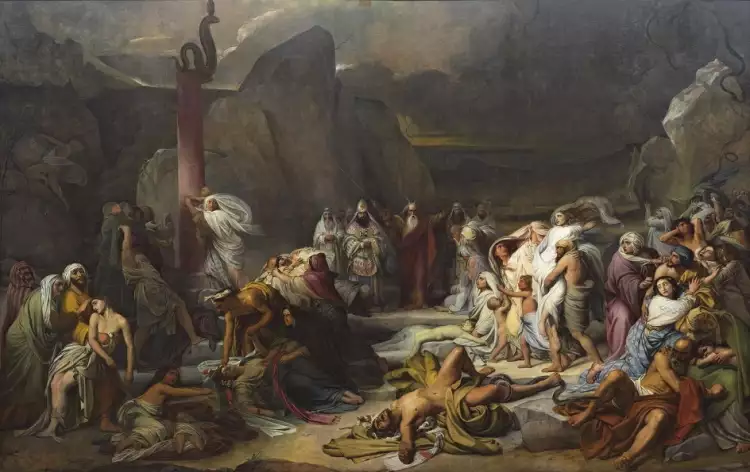 Fyodor Bruni. The Bronze Serpent, 1841
Fyodor Bruni. The Bronze Serpent, 1841
- Title of the painting: "The Bronze Serpent" (Russian: «Медный змий»).
- Artist: Fyodor Antonovich Bruni (Russian: Федор Антонович Бруни) (1799-1875).
- Year of Creation: 1841.
- Dimensions: 565 x 852 cm.
- Style: Academicism.
- Genre: Historical, Religious.
- Technique: Oil.
- Material: Canvas.
- Location: State Russian Museum, St. Petersburg, Russia.
Fyodor Bruni was a talented Russian painter of Italian origin who gained fame in the 19th century for his works in the portrait and historical genres. He began working on the painting "The Bronze Serpent" in 1827 in Rome. In the mid-1830s, the artist had to take a break as he was summoned to St. Petersburg to teach at the Academy of Fine Arts. Several years later, Bruni returned to Italy and completed the canvas, which took a total of fifteen years to create.
The finished painting was first presented to an Italian audience, who received it very favorably. It was then sent to Russia, where it was exhibited initially in the Winter Palace and later at the Academy of Fine Arts. "The Bronze Serpent" made a great impression on Nicholas I. As a result, the emperor purchased the artwork for a significant price, and the author was awarded the Order of St. Vladimir.
Fyodor Bruni's painting "The Bronze Serpent" is a grand masterpiece that, at first glance, evokes not only fear of God's punishment but also admiration for the author's talent. From 2000 to 2002, the artwork underwent extensive restoration. The restored canvas can now be seen in the exhibition of the Russian Museum.
 Special auction Faussner collection
Special auction Faussner collection 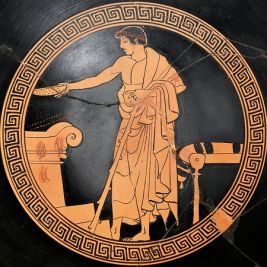 The art of Ancient Greece is an endless source of aesthetic pleasure for descendants
The art of Ancient Greece is an endless source of aesthetic pleasure for descendants  Giovanni Guida is an Italian artist-innovator and master of grattage
Giovanni Guida is an Italian artist-innovator and master of grattage 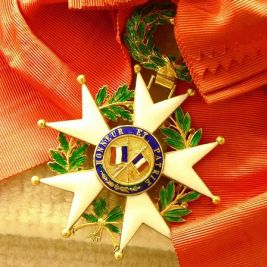 Phaleristics is a young scientific discipline about antique awards
Phaleristics is a young scientific discipline about antique awards 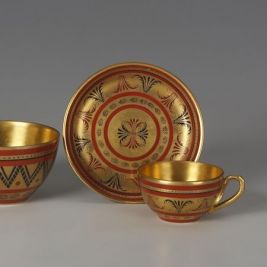 Kuznetsov porcelain
Kuznetsov porcelain 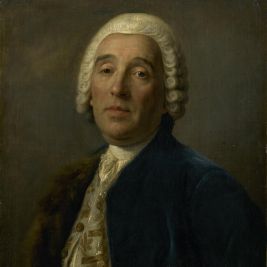 Bartolomeo Francesco Rastrelli was a brilliant Italian architect who became the greatest master of Russian architectural art of all times
Bartolomeo Francesco Rastrelli was a brilliant Italian architect who became the greatest master of Russian architectural art of all times  Cubism - a modernist style in 20th-century painting: the essence of the movement, history, and stages of development
Cubism - a modernist style in 20th-century painting: the essence of the movement, history, and stages of development  The painting "Bay of Naples" by Ivan Konstantinovich Aivazovsky is an invitation to immerse yourself in the serene beauty of a southern evening
The painting "Bay of Naples" by Ivan Konstantinovich Aivazovsky is an invitation to immerse yourself in the serene beauty of a southern evening  Mannerism - an elegant, pretentious, and ambiguous style of the 16th and 17th centuries
Mannerism - an elegant, pretentious, and ambiguous style of the 16th and 17th centuries 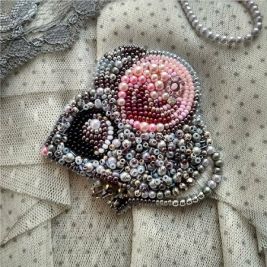 Application is a technique of decorative and applied art: essence, types, history
Application is a technique of decorative and applied art: essence, types, history